Buying piano for beginners is no less than a challenge. A lot of questions will come into your mind before buying it and I faced the same when I had to buy a piano for my kid when he took his first footstep in the world of music. It was more difficult for me because I was clueless about it. I knew piano just as a musical instrument. I made a lot of research and asked his teachers for recommendations and I will be sharing with you my experience in this blog so that you do not need to struggle as much as I needed to, to find your kid his first piano. Your child needs a good instrument at the initial stage of learning because only this can make his base strong. Your role is to find him the best. When I started my research I had to deal with a lot of questions like should I go for an acoustic or digital piano? What’s the difference? I was not even sure how long my child’s interest will last for piano. I even thought of buying a small keyboard for his basics. I wanted to know the meaning of the terms I heard from his instructor like weighted keys and trust me these questions are common. If you can relate to my story read on to know everything in detail about pianos. There are some piano teachers in Brampton who are very much firm about their choice and directly will ask you to buy an acoustic piano for your child. Acoustic pianos were actually popular 10, 15 years ago when digital technology was not that advanced. The scenario has drastically changed; even the music industry could not resist the charm of digitalization. Today you can hardly differentiate the quality of a digital piano from an acoustic piano. Whichever your choice is, the sound of the instrument has to be very good. The sounds produced by digital pianos are the pre-recorded sound of acoustic pianos. The quality of the sound depends on the method and equipment used to record the tracks. A good quality digital player should sound warm and less digital, similar to an acoustic piano. Sound preference varies from person to person; choose the one that sounds good to you. You should also look for its articulation and decay to make a wise decision. The term full-sized piano refers to the piano that consists of 88 keys. However, you will also come across digital pianos with 61 keys but for advanced pianist 88 keys are recommended. So it is always better to get a full-sized piano even for a beginner. Polyphony is the maximum number of sounds that a piano is capable of producing. In simple words, a piano with 32 note polyphony can produce 32 notes at a time. An intermediate player should own a piano that has 64 note polyphony. For advanced level, a piano with 128 note polyphony is recommended. (1) Touch sensitivity Touch sensitivity shows how responsive a piano is when you play a key with different amounts of strength. The keyboard senses the velocity with which you play the key and it produces sound accordingly. To get a better grip on your music you should go with a touch-sensitive piano. (2) Weight of the key Pianos come with three types of keys, keys without added weight; semi-weighted keys or fully weighted keys. Weighted keys have been introduced by manufacturers to imitate the heaviness of acoustic keys. Fully weighted digital keys are the best option because its keys are very much similar to the keys of an acoustic piano. These were the basics of piano that will help you buy the right one for your child. The decision might be a bit difficult but it is important for you to consider the pros and cons of different types of pianos before purchasing it and once you purchase it, be sure to properly maintain it with regular tuning.1. Digital vs acoustic piano
2. The sound
3. Full-sized piano
4. Polyphony
5. The touch response of keys
Text / Call For Your FREE Lesson:
416-543-2022
How to Choose Piano for Beginners
March 11, 2019 Piano Lessons


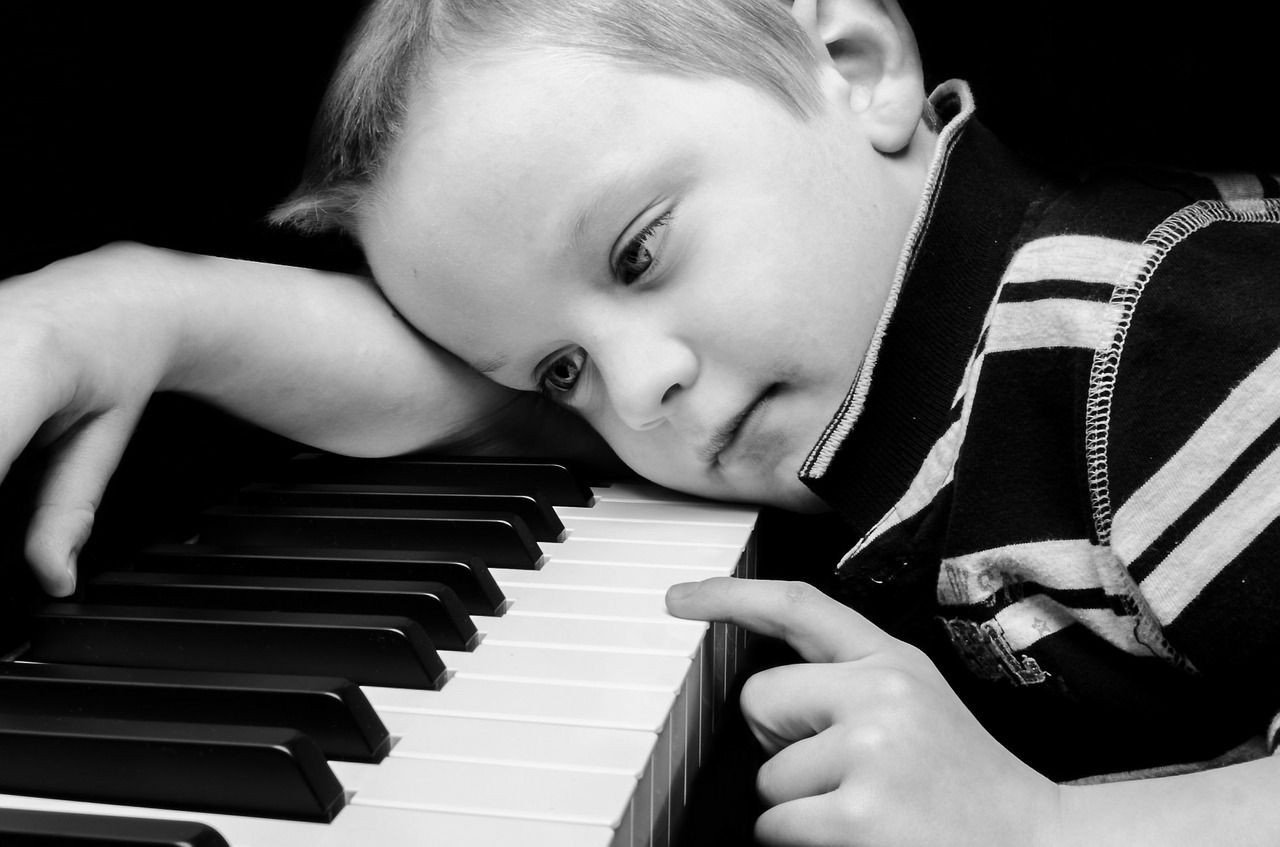
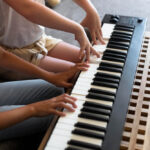
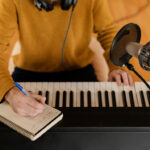
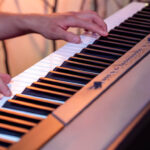

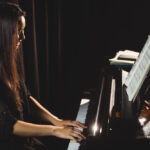
2 comments
Join the conversationHow to Choose Piano for Beginners | Bookmarks Pocket - March 13, 2019
[…] How to Choose Piano for Beginners […]
5 Piano Accessories for Beginners - Mississauga Piano Studios - July 17, 2019
[…] How to Choose Piano for Beginners […]
Comments are closed.